I fell in love with the intenseness of Potosí. It’s a kind of intensity you can feel in everything, sort of like a spirit in the city. Everything is intense – from the 13,500′ nosebleed altitude and the culture of super hard work to the dynamite I bought on the street!
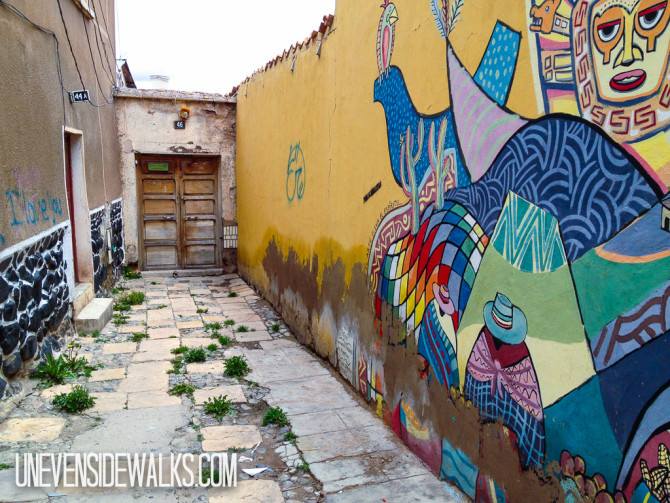
It might have begun back when the silver mining first started around 1545. The work was so hard and dangerous that the lifespan of a miner was less that 50 years. So, soon they started bringing in slaves from Africa to work in the mines. They kept them working non-stop without so much as seeing daylight until they died – usually less than a year. That’s a rough history to come from!
There aren’t very many softies living in Potosí, even today.
They definitely work hard and play harder.
To top it all off, the entire city was having their “carnival” and everyone out on the street was a water balloon target! They didn’t care if we were tourists, had a camera or phone out, or had nice clothes on. They are passionate about their carnival antics!
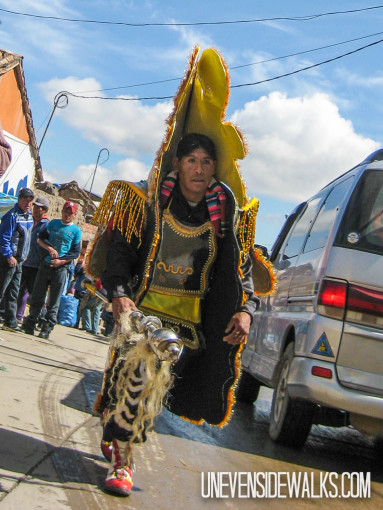
We passed these little kids sitting on their doorstep – they couldn’t have been more than 5 or 7 years old. And all of a sudden I got hit in the back of the head with a super-soaker! We looked back just in time to avoid 2 water balloons already in the air. The next day we got hosed down by a drive-by silly-string spray – a pickup truck filled with kids. Those rascals!
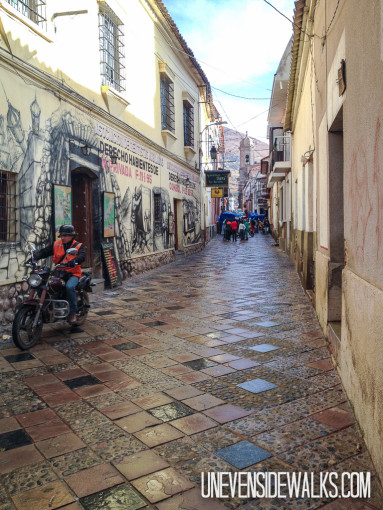
Potosí Silver Mining
The city of Potosi is famous for mining silver for almost 600 years from the mountain overshadowing it all – Cerro Rico (Rich Mountain). They used to make everything out of silver there was so much of it! They even claim that the US dollar symbol was made from superimposing the initials PTSI on top if each other.
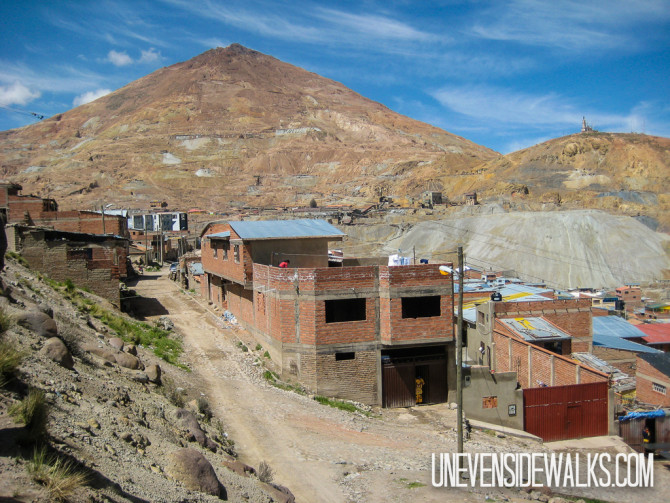
With such a deep silver mining history, mine tours are one of the best ways to experience what made the city so famous!
Back in the day, if a visitor wanted to see the mines, he had to find a miner on the street and have him take him to his “job” and show him around the mine. The visitor would usually bring a gift to the miners so they wouldn’t mind him disturbing their mining that day.
It’s a bit more organized today, but the gifts and dangerous conditions are still the same.
Trust me, the tour isn’t for the faint of heart or claustrophobic. Or anyone concerned about arsenic either… The iconic mountain Cerro Rico rises up through 15,827 feet, so we got pretty breathless during the tour. The strong chemical-smelling dust and the high altitude really made it hard to see straight!
Potosí City Sights
For those who aren’t interested in crawling around in the dark for miles, there’s a great silver history museum with the old machines they used to press some of the first coins ever made. We had the best tour guide ever here!
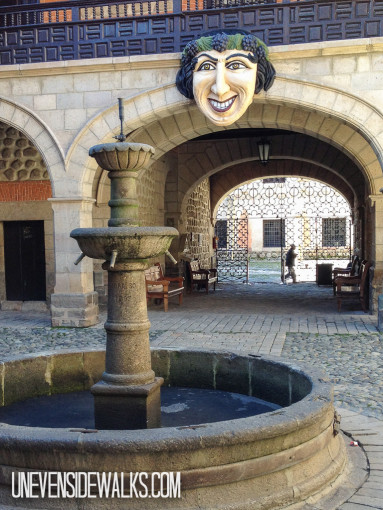 The rest of the city is fun to explore, but the hills sure got us out of breath! There’s this famous restaurant that uses the city’s altitude as its name – 4,060 meters!
The rest of the city is fun to explore, but the hills sure got us out of breath! There’s this famous restaurant that uses the city’s altitude as its name – 4,060 meters!
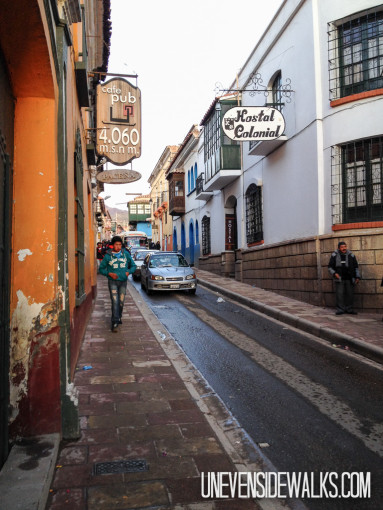
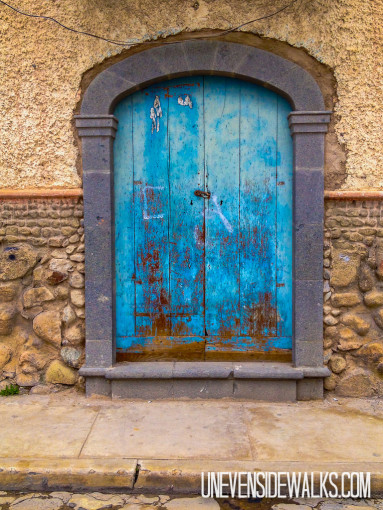
Potosí Superstitions
One of the strangest superstitions we heard was their dual worshipping of God and the devil. They have an age-old belief that God would protect them when they were out in the city, but couldn’t enter the depths of the mountain so they worshipped the devil inside their mines.
They went to church in their normal lives, but also gave offerings to their devil statues inside the mines and sacrificed llamas to the pachamama earth goddess. They are still very serious about this, and the entire carnival festival was centered on praising and pleasing these earth-gods.
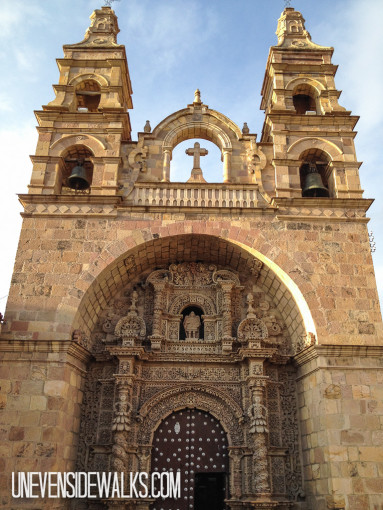
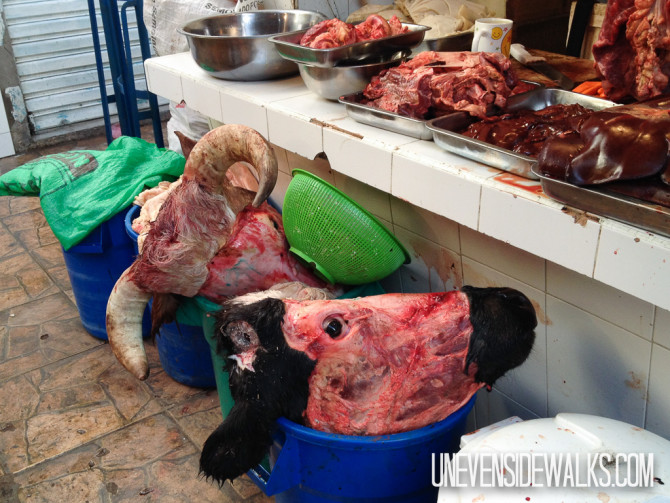 Our time in Potosí was too short to absorb all the culture there! I love the intensity of the city and all the people living and working there!
Our time in Potosí was too short to absorb all the culture there! I love the intensity of the city and all the people living and working there!
Leave a comment if you’ve visited a city that was intense too!




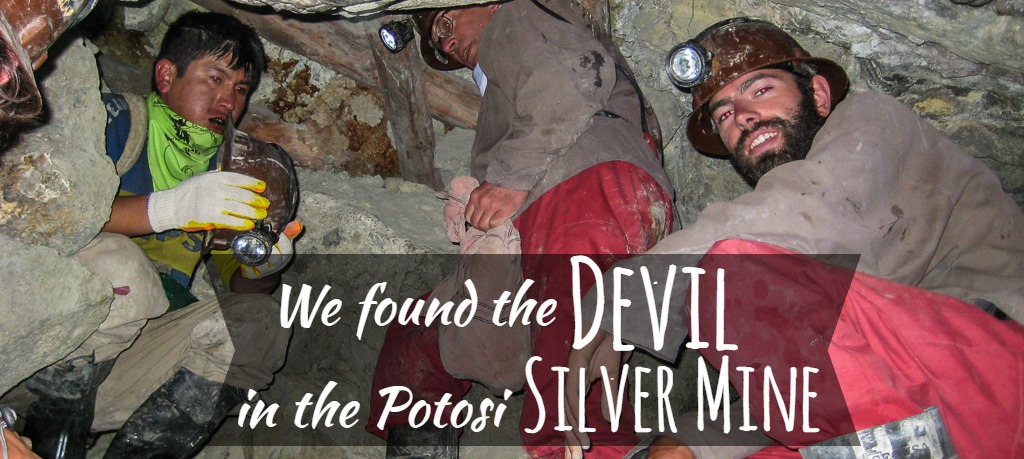
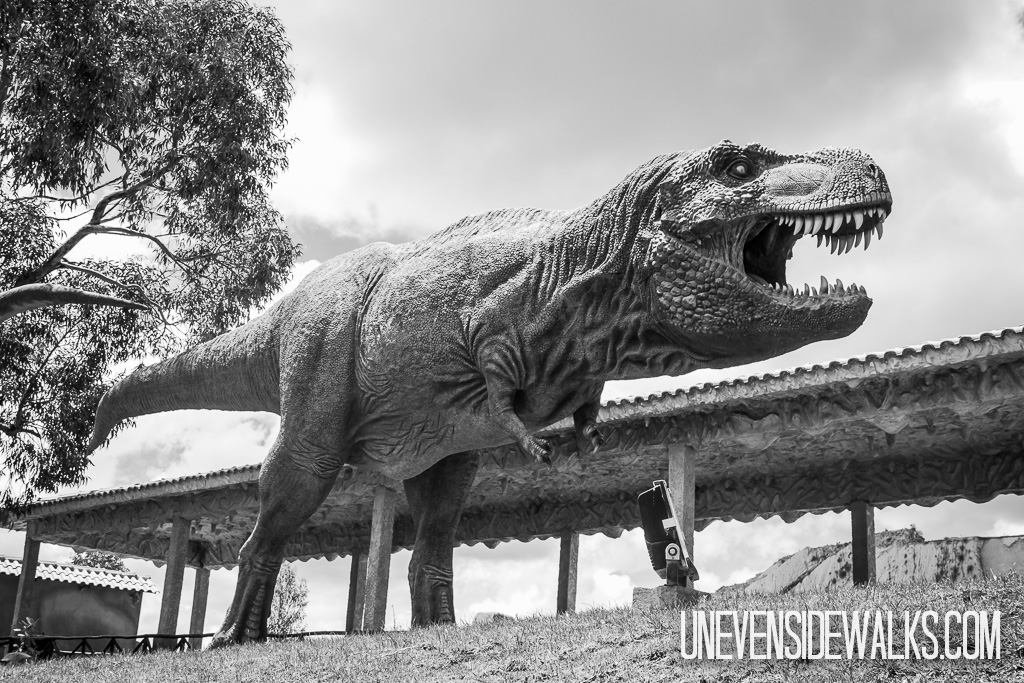
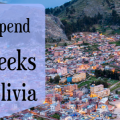
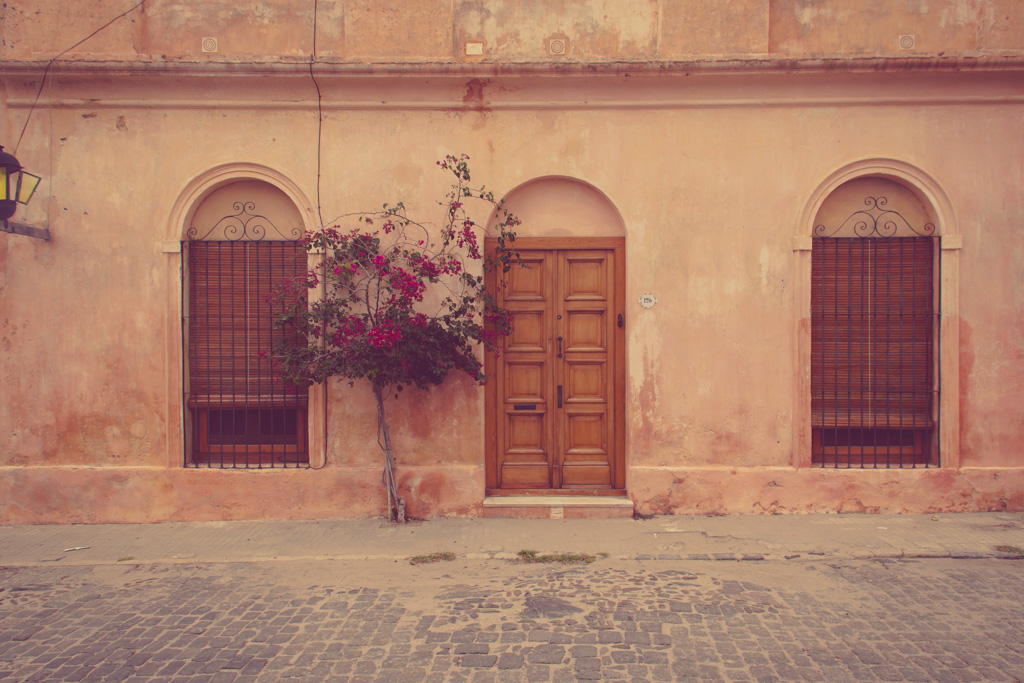
It’s really interesting that they worship God and the Devil… I learned something new today! And kids are always the worst at Carnaval. They look innocent… But they will DESTROY you!
Haha, the kids learn early how to trick travelers into trusting their innocent smiles.
Speaking of intense – that’s quite a photo of the one-eyed animal head! Yikes!
Yeah… We’ve never quite gotten used to the meat markets in other countries yet.